Soil Health
All Soil Health Content

Soil Salinity, Sodicity, and Alkalinity in South Dakota Soils
Salinity and sodicity are issues that negatively affect crop production and soil health in South Dakota.

SDSU Extension to host CAFO training
November 12, 2024
Specialists from South Dakota State University Extension, the South Dakota Department of Agriculture and Natural Resources and the United States Department of Agriculture Natural Resources Conservation Service will provide the training.
The Mortenson Ranch Story: Balancing Environment and Economics
The Mortenson Ranch Story is a remarkable account of the restoration of a western South Dakota landscape devastated early in the 20th century by homesteading and drought.
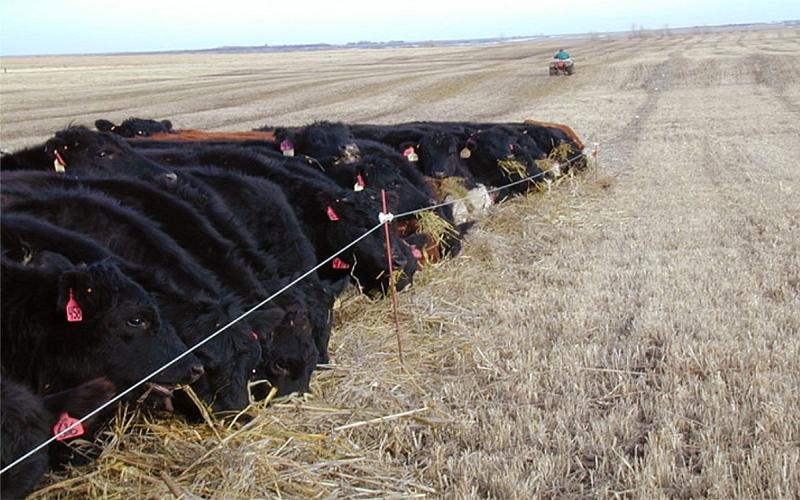
SDSU Extension to host annual soil conference in Wagner
October 18, 2024
Managing Soil: Maximizing Profit is an annual conference for crop producers and industry professionals. Anthony Bly, SDSU Extension Soils Field Specialist, said the conference provides valuable information for everyone who raises crops, forages and livestock.
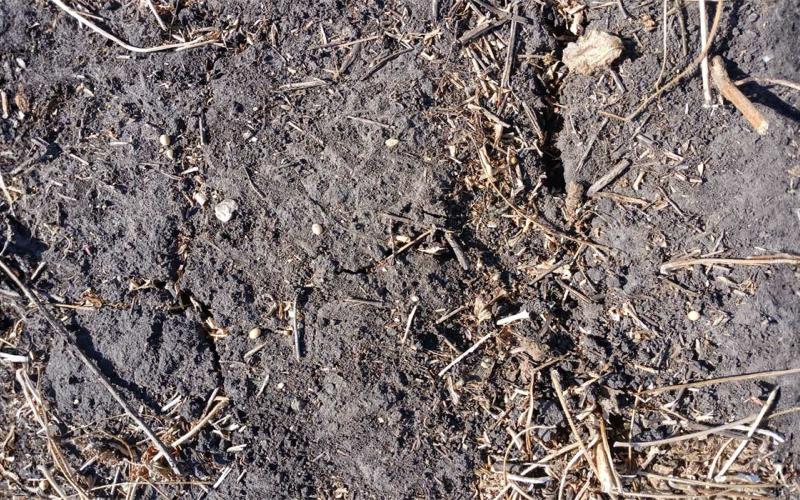
Fall Tillage: Please Don’t Think About It
Conducting fall tillage results in lost topsoil, soil nutrients, and soil moisture. This ultimately leads to reduced soil productivity and profitability. An easy way to conserve topsoil and water resources is to skip fall tillage.

SDSU Extension, SD Specialty Producers Association to host soil, cover crop field day
August 23, 2024
South Dakota State University Extension and the South Dakota Specialty Producers Association invite the public to attend a Soil Health and Cover Crop Field Day for vegetable growers.
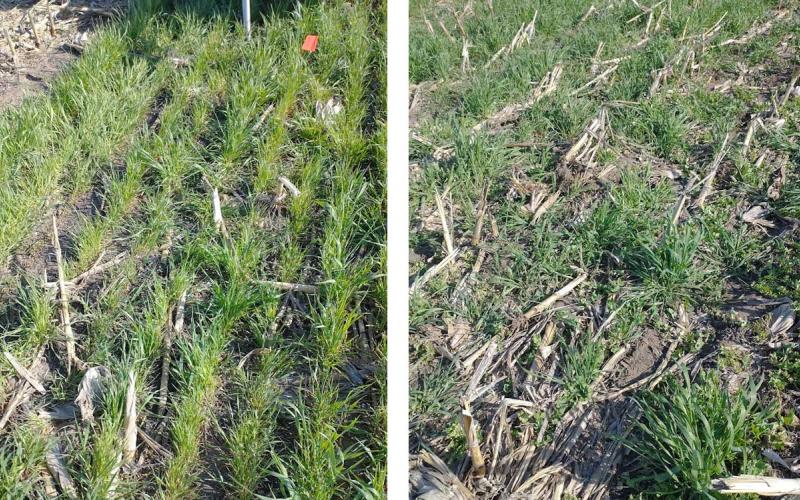
Choosing Whether to Preharvest Broadcast Vs. Post-Harvest Drill Cover Crops
Cover crops are frequently planted following the harvest of the grain commodity crops. A decision for producers to make is to whether to preharvest broadcast or postharvest drill the cover crop.

SDSU Extension to feature emerald ash borer management at 2024 Dakotafest
August 12, 2024
South Dakota State University Extension will return to Dakotafest in 2024 with educational displays and on-site experts showcasing more than 10 topics.
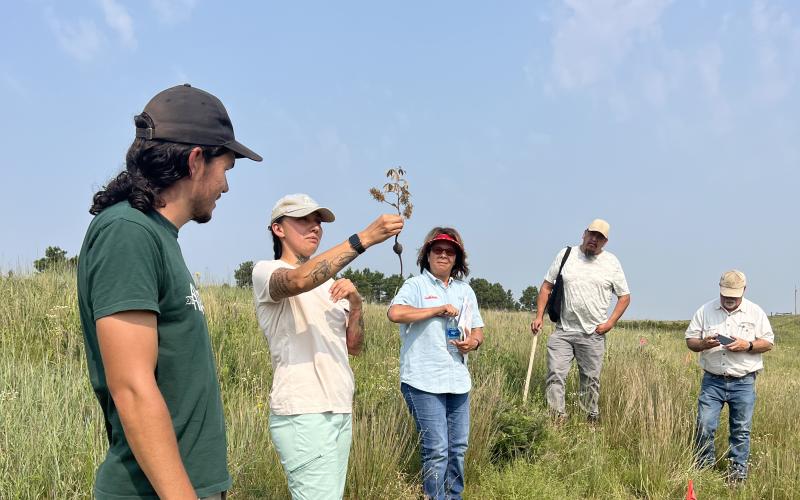
Nearly 75 attend 7th annual Rosebud Range Workshop
August 07, 2024
Nearly 75 youth and adults attended the seventh annual Rosebud Range Workshop on July 24, 2024, at the Rosebud Sioux Tribal Ranch.
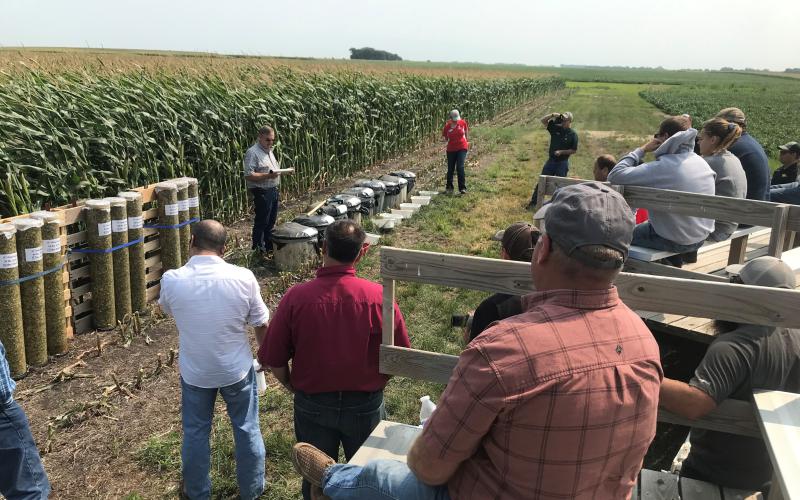
SDSU Extension co-hosting virtual Forage Field Day
August 02, 2024
Forage Field Day brings together experts, producers, and industry professionals to provide panel discussions and presentations on forage-related topics. Originally scheduled to be held in Concord, Nebraska, event organizers moved to a virtual-only event to accommodate a wider audience.